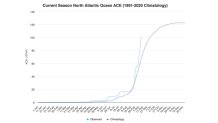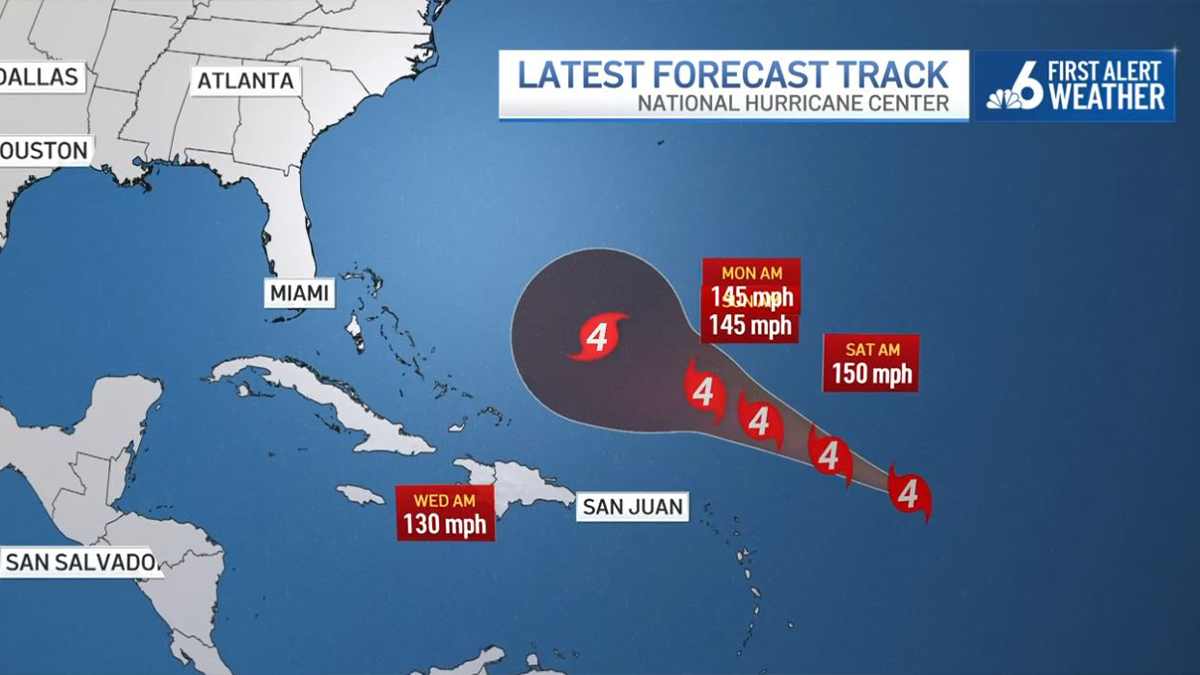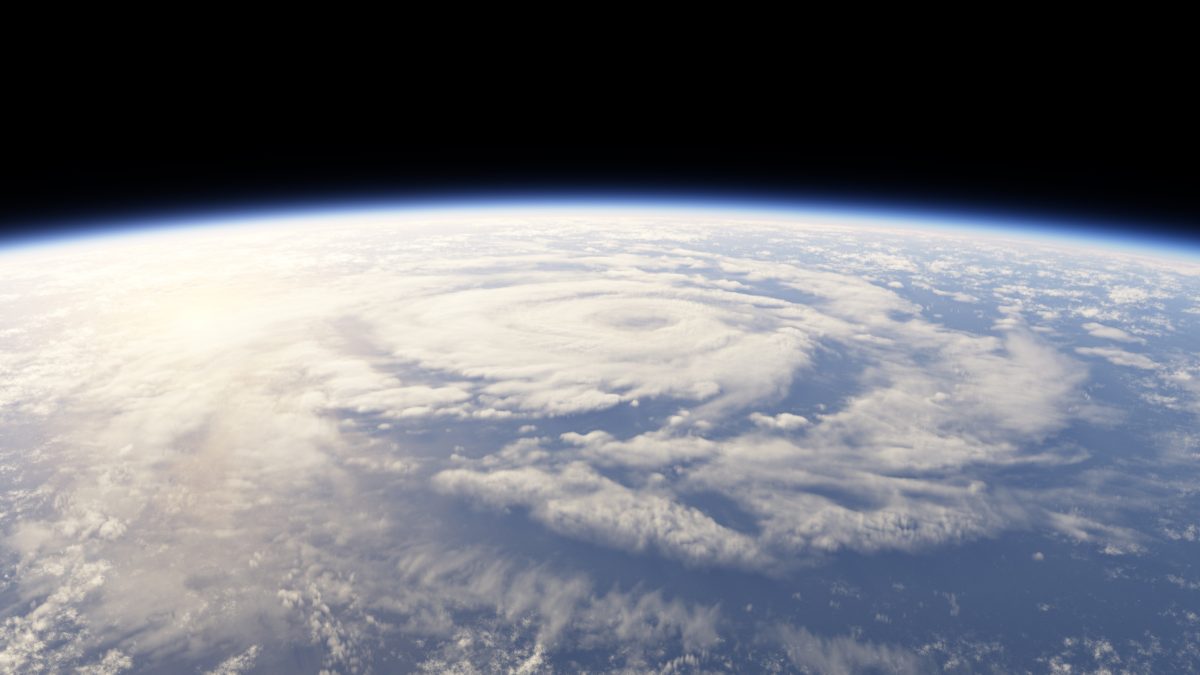We’re about a week past the historic peak of hurricane season. How does 2023 stack up so far?
2023 has been very active in the Atlantic up to this point. In the battle between wind shear boosted by the El Niño phenomenon and the record hot sea surface temperatures, the warm water is winning out by helping produce an inordinate number of storms.
Fourteen tropical or subtropical storms have formed so far this year, going way back to January when we had an offseason system form off of the eastern seaboard of the U.S.
JOHN MORALES ON HURRICANE SEASON
Get South Florida local news, weather forecasts and entertainment stories to your inbox. Sign up for NBC South Florida newsletters.
A fifteenth storm to be named Nigel was about to be baptized as of Friday evening in the middle of the Atlantic between Africa and North America.
The number of storms so far in the Atlantic is 57% higher than normal for this date. Comparing it to an average season of the recent era between 1991 and 2020, the fourteenth storm normally wouldn’t form until November 19. We’re over two months ahead of schedule.
However, 2023 storms have mostly underachieved. There are some obvious exceptions, which I’ll detail below. But a large number of them never attained hurricane status.
Of the 14 (soon to be 15), "only" 5 hurricanes have formed. Granted, the fifth hurricane typically doesn’t form until September 28, so we’re also ahead of schedule compared to the average 1991-2020 season.
In a normal year, 44% of tropical storms become hurricanes. Yet this year that proportion of hurricanes per storm is 36%.
What has kept that ratio of hurricanes to storms a little lower this year? The El Niño, and the stronger westerly wind shear it produces. But the high tally of storms, even if many remained weak, is very much a result of the record hot Atlantic waters we saw for much of the first half of the season.
Hot water is also the reason why some Atlantic tropical cyclones have strengthened so explosively. We’re up to 3 major hurricanes this season, nearly double the average number up to this date. Of those, Lee was the strongest and became only the 40th Category 5 hurricane on record (going back to 1851). Franklin was 150-mph monster, and Idalia slammed into Florida’s Big Bend as a Cat 3.
Two out of the three major hurricanes were long lived. That means that the Accumulated Cyclone Energy (ACE) index, which considers both strength and longevity of the storms, has climbed rapidly to reach levels that will make 2023, yet again, be remembered as a year with a hyperactive hurricane season.

With warm water way ahead of El Niño’s wind shear as the controlling factor so far this hurricane season, we’re reminded that we still have a long way to go.
Lee's still active and about to slam into the Canadian Maritimes. Margot peaked as a hurricane and still survives as a tropical storm in the north Atlantic. And behind soon-to-form Nigel will be another large tropical wave that’s expected to emerge off the African coast next week. It too will have a chance of developing. But it is too soon to tell whether it will recurve northbound quickly or potentially threaten the Caribbean and beyond towards the end of September.
John Morales is NBC6's hurricane specialist.



